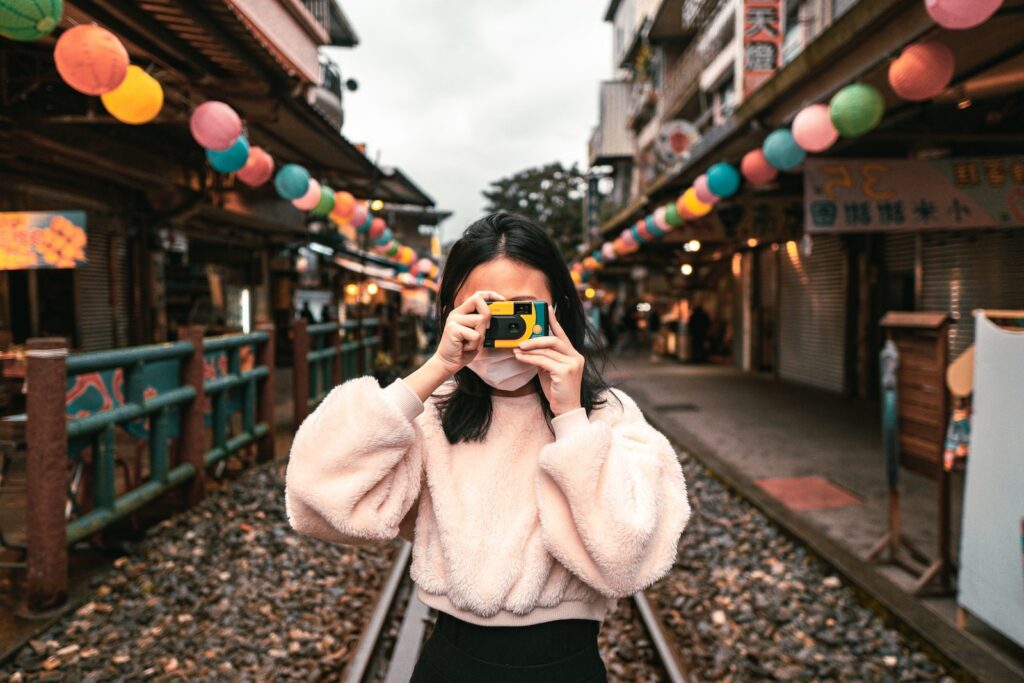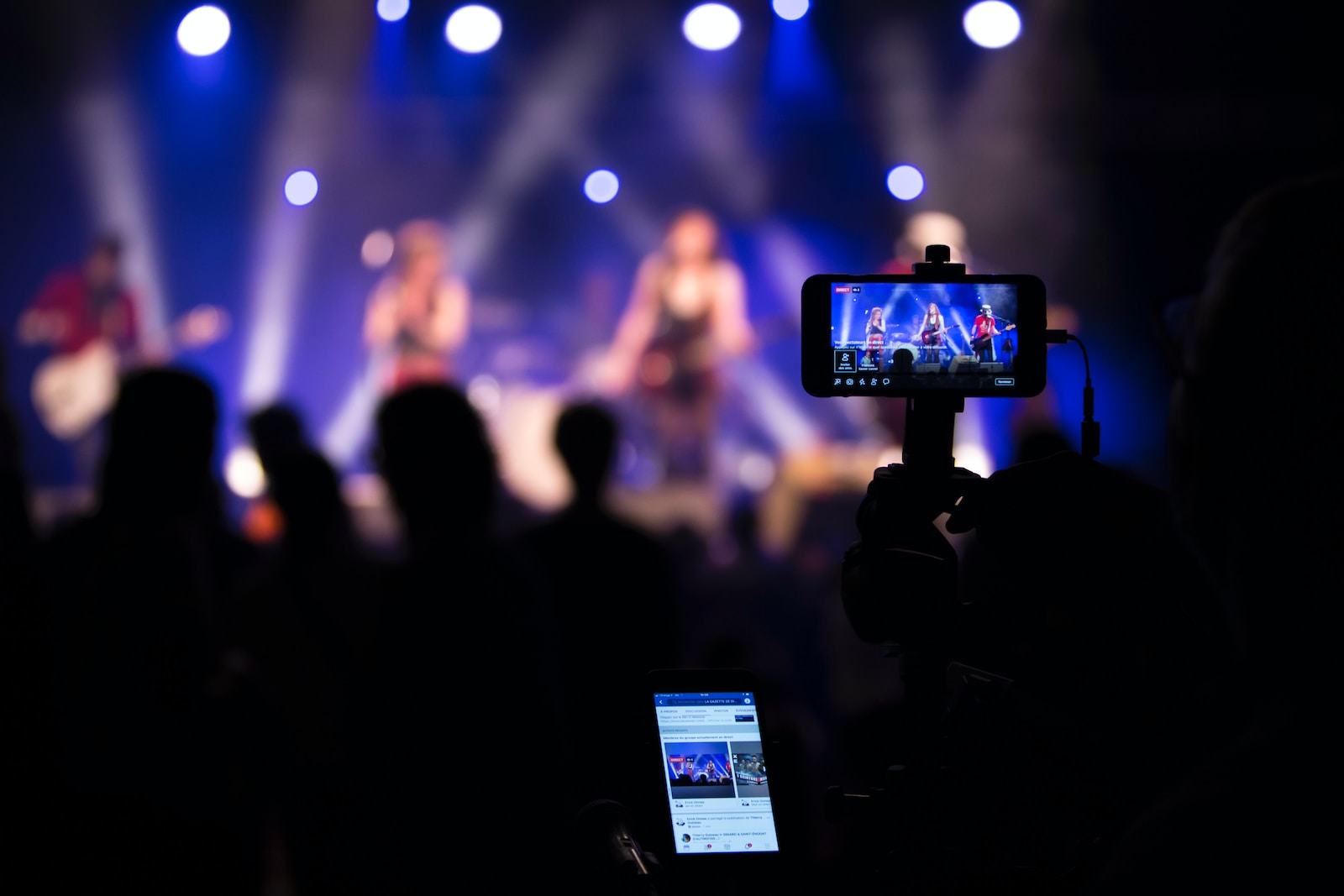Welcome to my blog, where we dive into the world of photography and explore the differences between single-use cameras and digital cameras. Are you a photography enthusiast looking to capture the perfect shot? Curious about which camera option is best for your needs? Join me as I analyze and compare the benefits of single-use cameras and digital cameras, helping you make an informed decision for your photography adventures.
Table of Contents
- Single-Use Cameras vs. Digital: A Comparative Study
- Case Study: Overcoming Challenges
- Frequently Asked Questions
- 1. Which is better, single-use cameras or digital cameras?
- 2. What is the difference between single-use cameras and digital cameras?
- 3. Are single-use cameras still worth using in the digital age?
- 4. Can single-use cameras produce high-quality images like digital cameras?
- 5. Are digital cameras more expensive than single-use cameras?
- 6. Do digital cameras require specialized knowledge or skills?
- 7. Can I edit and enhance photos taken with a single-use camera?
- 8. Which type of camera is more environmentally friendly?
- Wrap Up
Single-Use Cameras vs. Digital: A Comparative Study
Photography has evolved significantly over the years, with the rise of digital technology revolutionizing how we capture and store memories. However, in a world dominated by digital cameras, is there still room for single-use cameras? In this article, we will explore the key differences between single-use cameras and digital cameras, and uncover the unique benefits each option provides for photography enthusiasts. Let’s dive in!
1. Convenience and Portability
When it comes to convenience and portability, single-use cameras take the lead. These compact cameras come preloaded with film and are ready to use straight out of the box. They require no additional accessories or technical knowledge, making them ideal for spontaneous photo opportunities or when you don’t want to carry around bulky gear.
2. Cost and Affordability
If you’re on a tight budget, single-use cameras can be a cost-effective solution. They offer a one-time use experience, making them cheaper upfront compared to digital cameras. Additionally, you don’t have to worry about purchasing batteries or memory cards, further reducing ongoing expenses. However, it is important to consider the long-term costs of developing and printing the film.
3. Image Quality
When it comes to image quality, digital cameras have the upper hand. They boast higher resolution sensors, allowing for sharper and more detailed photographs. With the ability to preview and delete photos, you can ensure you capture the perfect shot before developing or printing. Digital cameras also offer various settings and modes, enabling photographers to customize settings and enhance image quality.
Did you know that the first commercial single-use camera was introduced by Kodak in 1986?
4. Flexibility and Control
Digital cameras provide photographers with unparalleled flexibility and control. With the ability to adjust settings such as ISO, aperture, and shutter speed, you can optimize each shot for specific lighting conditions and desired effects. Additionally, digital cameras offer the convenience of immediate feedback through the camera’s LCD screen, allowing for instant review and adjustments.
5. Storage and Accessibility
One advantage of digital cameras is the ease of storing and accessing your photographs. With removable memory cards and the ability to transfer files directly to your computer or online storage, you can easily organize and preserve your images. Digital files also offer the flexibility of editing and sharing without the need for printing or scanning.
6. Environmental Impact
When considering the environmental impact, single-use cameras present a disadvantage due to the waste generated by disposable film. The plastic casings and chemicals required for film development can be detrimental to the environment. In contrast, digital cameras eliminate the need for film, reducing waste and offering a more sustainable option for photography.
7. Learning Curve and Creativity
If you’re looking to delve into the art of photography and expand your creativity, digital cameras provide more opportunities. With the ability to experiment with different settings, manual controls, and various lenses, digital cameras allow for greater artistic expression and the ability to learn and grow as a photographer.
8. Advancements and Future-Proofing
As technology continues to advance, digital cameras offer the advantage of future-proofing. With firmware updates and the ability to swap lenses and accessories, you can adapt to emerging trends and advancements in the photography industry without the need to invest in new equipment.
Now that we have explored the differences and benefits of single-use cameras and digital cameras, it’s time to assess your photography needs and preferences. Whether you prioritize convenience, image quality, or creative control, both options have their merits. So, which camera will you choose for your photography adventures?
Case Study: Overcoming Challenges
In order to truly understand the differences and benefits of single-use cameras and digital cameras, let’s delve into a relevant case study to see how these cameras perform in real-life situations.
Imagine you are a professional photographer who specializes in capturing wedding moments. You have been shooting weddings for several years using your trusty digital camera, but recently a couple approached you with a unique request – they wanted you to capture their entire wedding using disposable, single-use cameras. Intrigued by the challenge, you decided to take on the project and compare the results with your usual digital photography.
The Challenges
The first challenge you encountered was the limited capabilities of the single-use cameras. Being accustomed to your high-end digital camera, you realized that you would have to adjust your shooting style and adapt to the limitations of the disposable cameras. The inability to control exposure settings, limited zoom capabilities, and lack of instant feedback were the main challenges you had to overcome.
Another major challenge was the uncertainty of the outcome. With digital cameras, you have the luxury of reviewing and deleting any photos that don’t meet your standards. However, with single-use cameras, once a photo is taken, it’s permanent. This meant having to trust your instincts and rely on your experience to capture the perfect shots without the safety net of deleting and retaking.
Overcoming the Challenges
Despite the challenges, you approached the project with an open mind and embraced the limitations of the single-use cameras. You adjusted your shooting technique, making the best use of available lighting conditions and opting for compositions that didn’t require precise zooming capabilities.
Additionally, you relied on your experience and knowledge of photography to gauge exposure settings and shot compositions, making the most of the limited control the disposable cameras had to offer. This meant carefully selecting each shot, knowing that there was no room for error.
The Results
When you finally received the developed photos from the single-use cameras, you were pleasantly surprised. While the image quality couldn’t match up to your high-resolution digital camera, the photos had a unique charm and nostalgia to them. They captured the raw emotions of the wedding day in a way that digital photography sometimes struggles to achieve.
Furthermore, the limited capabilities forced you to be more intentional and focused in your shots, resulting in a series of images that truly portrayed the essence of the wedding day. The couples praised the photos for their authenticity and timeless appeal, and they couldn’t have been happier with the outcome.
In conclusion, this case study showed that while digital cameras offer unparalleled control and image quality, single-use cameras have their own unique advantages. They excel in capturing raw emotions and have a certain charm that digital photography often lacks. The key is to adapt your shooting style and embrace the limitations of each type of camera to achieve the desired results. Whether you choose a single-use camera or a digital camera depends on the specific needs of the project and the desired outcome.

Frequently Asked Questions
1. Which is better, single-use cameras or digital cameras?
Both single-use cameras and digital cameras have their own advantages. It ultimately depends on your personal preference and specific photography needs.
2. What is the difference between single-use cameras and digital cameras?
Single-use cameras are disposable cameras that come pre-loaded with film, while digital cameras capture and store images electronically.
3. Are single-use cameras still worth using in the digital age?
Yes, single-use cameras can still be a great option for certain situations. They are convenient for quick snapshots and don’t require any additional equipment.
4. Can single-use cameras produce high-quality images like digital cameras?
While single-use cameras may not offer the same level of image quality and sharpness as digital cameras, they can still capture memorable moments with decent resolution.
5. Are digital cameras more expensive than single-use cameras?
Generally, digital cameras tend to be more expensive upfront, but they offer the advantage of being able to capture and store a large number of images without additional costs for film development.
6. Do digital cameras require specialized knowledge or skills?
Modern digital cameras are designed to be user-friendly, with automatic modes that make it easy for beginners to capture good quality photos. However, learning some basic photography techniques can greatly enhance your results.
7. Can I edit and enhance photos taken with a single-use camera?
Editing options for photos taken with single-use cameras are limited due to the film-based nature of these cameras. On the other hand, digital photos can be easily edited and enhanced using photo editing software.
8. Which type of camera is more environmentally friendly?
In terms of environmental impact, digital cameras are more sustainable as they don’t require film, which can contribute to pollution and waste. However, the disposal of electronic waste from digital cameras should be done responsibly.
Wrap Up
In conclusion, when it comes to choosing between single-use cameras and digital cameras, it ultimately depends on your personal preferences and needs. Single-use cameras offer convenience and nostalgia, while digital cameras provide flexibility and advanced features. Both options have their own advantages and disadvantages, but digital cameras are undoubtedly the future of photography. With their ability to capture and share high-quality images instantly, they have revolutionized the way we document our lives. However, there is still a place for single-use cameras, especially for special occasions or as fun party favors.
What are your thoughts on this topic? Have you ever used a single-use camera or do you prefer digital cameras? We would love to hear your experiences and opinions in the comments below!



